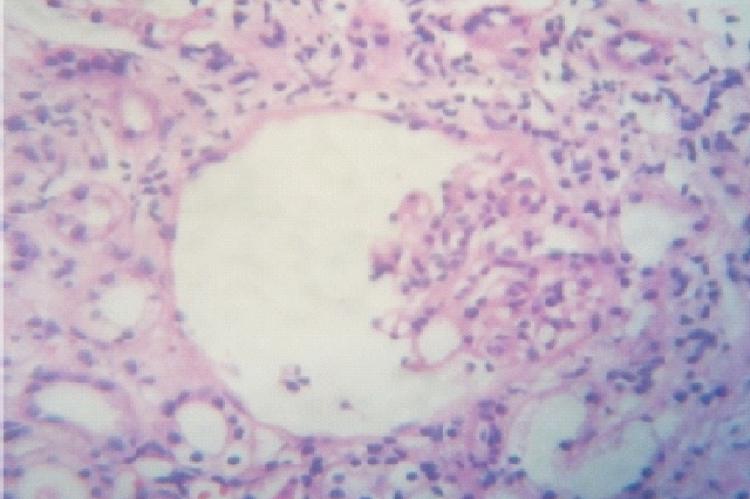Incidence rate of thrombotic microangiopathy (TMA) with Escitalopram, an anti-depressant drug has been estimated at 0.0059%. The case illustrates the observation in a 42-year-old female patient of South Indian descent, who presented with a 6- week history of progressive increase in breathlessness with evident signs of pallor and oedema. On examination the patient was found to have hypoxia and orthopnoea. The diagnosis of TMA was arrived at on the basis of lab values of elevated serum creatinine, blood urea, lactose dehydrogenase and reduced platelet count. Although ultrasound sonography revealed normal kidney size, the renal biopsy indicated towards TMA. The druginduced TMA was speculated on grounds of chronic history of Escitalopram consumption and absence of other causal factors such as family history. The patient was provided therapy comprising of plasmapheresis, diuretics, anti-hypertensives and antibiotics. On subsidence of the condition after nine sessions of plasmapheresis, the patient was discharged. However, on followup after ten days revealed re-emergence of TMAas evident from the renal markers, LDH and platelet counts. Although the subject was advised to undergo further sessions of plasmapheresis, the patient stated financial impediments and therefore referred to government medical college for further follow-up.
View:
- PDF (646.09 KB)


